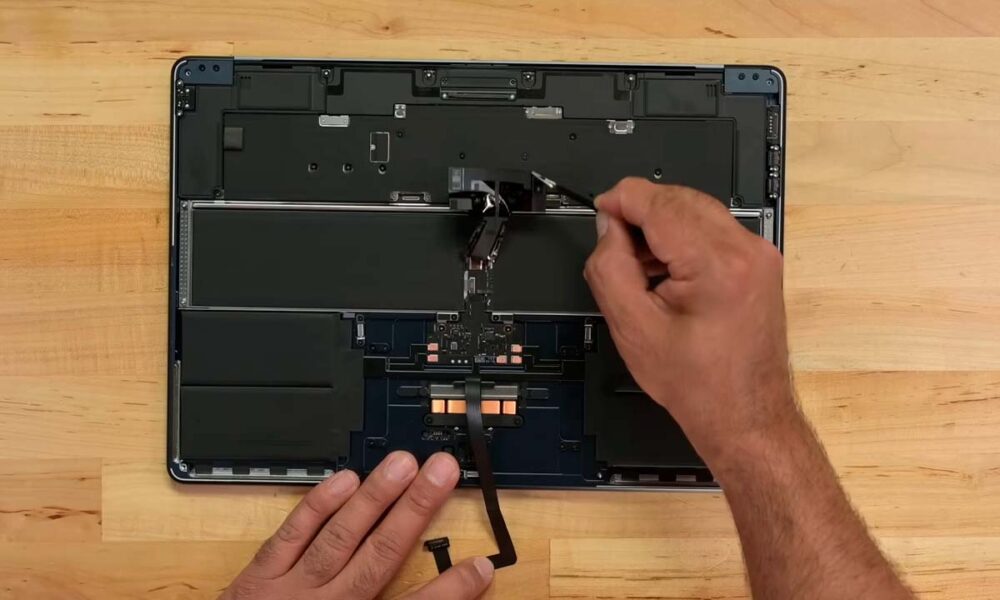
A little less than two weeks have passed since Apple introduced the new MacBook Air 15, the jump to 15 inches of the featherweight of the Cupertino laptops. The proposal, at least in the first instance, seems very interesting, since the extreme portability of the Air, added to a 15-inch screen (remember that, until now, the only size available was 13 inches), is a very interesting proposal for who needed a larger screen.
However, a few days ago we learned that maintaining the commitment to passive dissipation, a hallmark of the Air since its origins, It would be taking its toll on this 15-inch modelwhich gets too hot, which in addition to worsening the user experience, can also translate into losses in its performance, thus wasting the full potential of the Apple M2 on which this MacBook Air 15 is motorized.
Now, it seems that this would not be the only design problem of the new member of the Air family. With an important nuance, yes, and that is that while the temperature problem can be understood to be something unwanted, the other, which we are going to talk about next, does has the indisputable signature of the brand and its bitter position against the right to repair. And the fact that they are against the right to repair is not an opinion, before someone can tell me something about it, it is a position that Apple has publicly defended for years.
iFixit has carried out, as we all expected, the acid test of the new Apple laptop and, as we can see in the video they have published, the MacBook Air 15 scores a 3 out of 10 for repairability, and is rated “a miserable experience«. If you decide to take a look at the video, you will be able to verify that the initial opening of the equipment is not particularly complex, but that from there begins a festival of screws and connectors, each one from their father and mother, which not only makes the process is terribly tedious, it also greatly complicates the subsequent rebuilding of the team.
I wonder if, to this day, they will continue to rely on arguments such as that users were exposing themselves to possible explosions if they manipulated the inside of their devices, or if they have found some other excuse explanation to use a mix of screws and other connectors. It is true that at the end of 2021 they announced their self-reparation plan, although we can assume that they did so by legal imperative.
Confronting the right to repair is going against the users and against the environment, precisely two elements of which Apple flags. And after the 2021 announcement, perhaps we could have thought that they were considering their position on this issue, but having seen the disassembly of this MacBook Air 15, it is clear that nothing of that.



